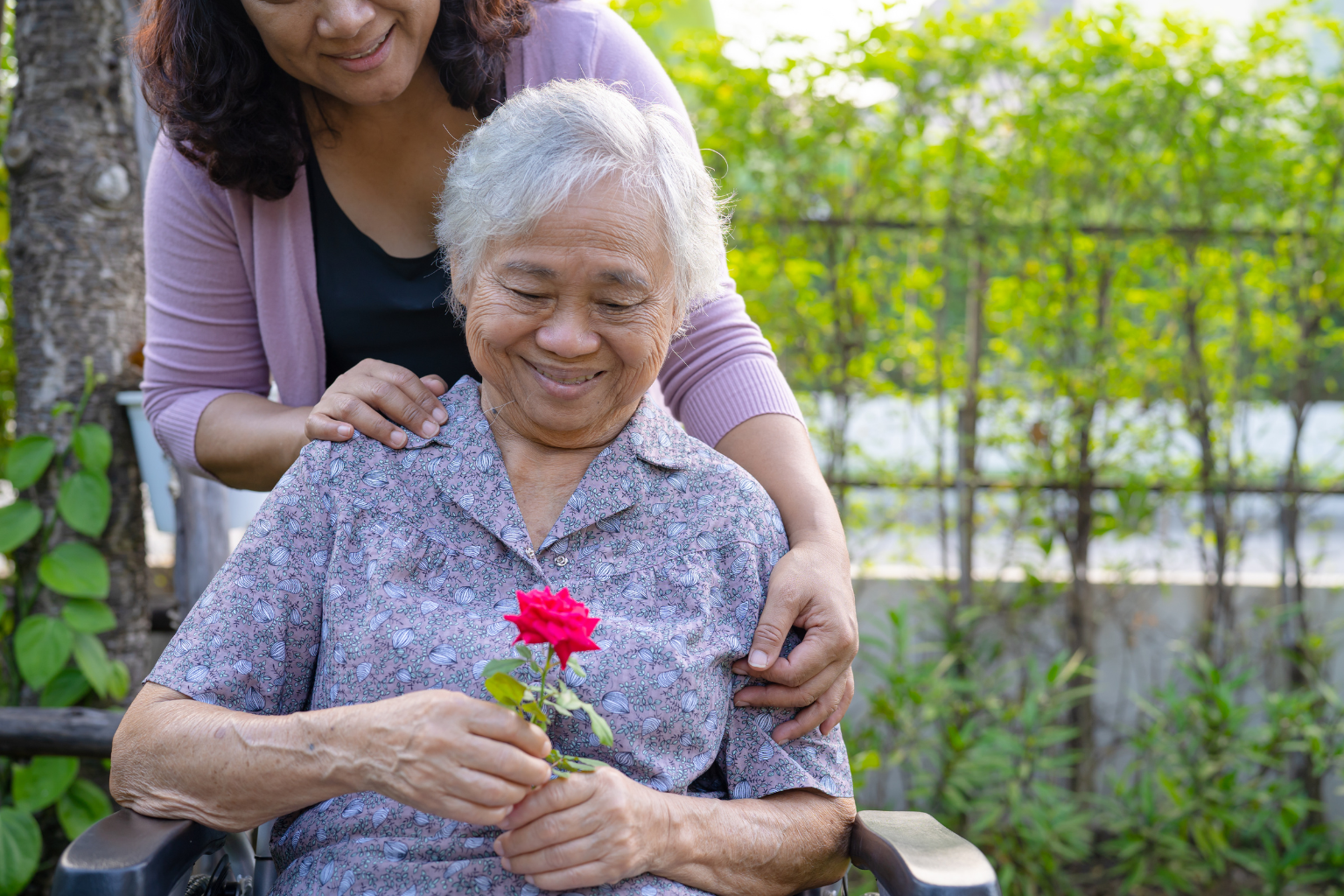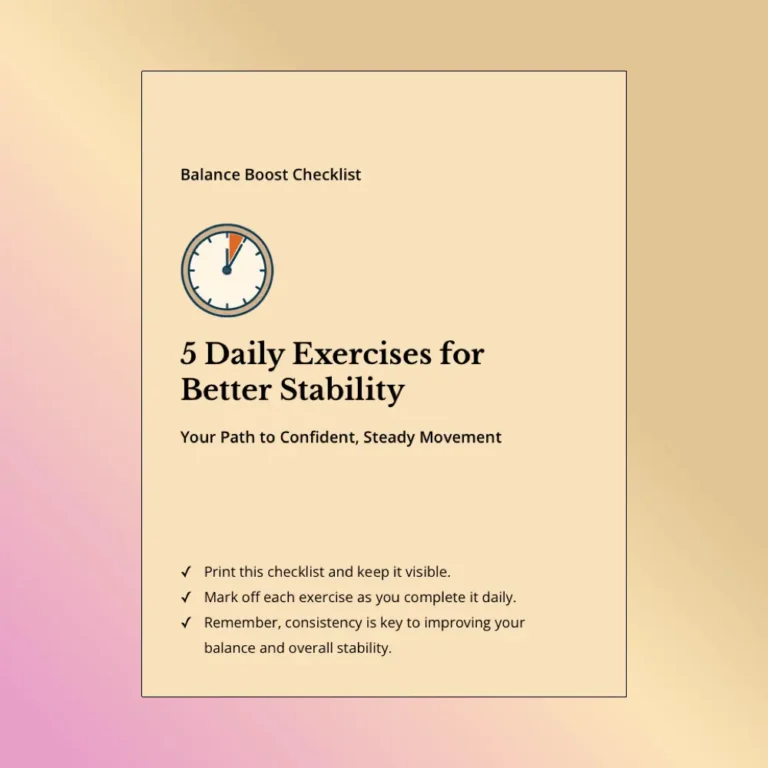
Highlights

Chronic pain is a common and often debilitating issue for many older adults, affecting their quality of life and independence. As our bodies age, the likelihood of developing conditions that lead to persistent pain increases, from arthritis to past injuries. Understanding how to manage chronic pain without relying solely on medications is crucial for elderly patients suffering from chronic pain conditions. This blog post explores various non-drug approaches to chronic pain management and pain treatment in older adults, focusing on holistic strategies that can empower seniors to regain control over their lives.
Chronic pain is defined as any pain that persists for three months or longer. In older patients, it can stem from a variety of sources, including:
The prevalence of chronic pain increases with age, with studies showing that chronic pain is a significant problem among older adults. The impact of chronic pain extends beyond physical discomfort; it can significantly affect mental health, leading to anxiety, depression, and a decreased sense of well-being. This dual burden highlights the importance of effective pain management strategies that don’t solely rely on pharmaceuticals.
A holistic approach to pain management considers the whole person, body, mind, and spirit, rather than just treating symptoms. This perspective can lead to more sustainable pain relief and improved overall health. Here are some benefits of embracing holistic strategies:
Many older adults are particularly vulnerable to medication side effects, making non-pharmacological approaches especially valuable in the elderly population.
Incorporating non-drug pain management strategies can transform the daily experience of living with chronic pain, as it is not only more effective in treating pain in the elderly, but it can also lead to a happier lifestyle. Chronic pain and depression may sometimes go hand-in-hand. Below are several effective approaches to consider:
Acupuncture is an ancient Chinese practice that involves inserting thin needles into specific points on the body. This technique can help alleviate pain by promoting blood flow and stimulating the body’s natural healing processes. Studies of pain have shown it to be effective in reducing symptoms of conditions like arthritis and low back pain.
Regular massage can relieve muscle tension and improve circulation, making it an excellent option for older adults with chronic pain. Techniques such as Swedish massage or deep tissue massage can be particularly beneficial, helping to relax tight muscles and reduce overall discomfort.
Chiropractic adjustments can aid in restoring proper alignment to the spine, which may alleviate pain and improve mobility. Older patients need to consult with a qualified chiropractor who understands their specific needs and pain conditions.
Mindfulness practices, including meditation, can dramatically reduce stress and anxiety, which often makes pain worse. Techniques such as focused breathing or guided imagery can help seniors develop a sense of calm and manage their pain perception. The experience of pain is often influenced by psychological factors; painful experiences are more often associated with the development of chronic pain, making these approaches valuable for chronic pain management.
Low-impact exercise like yoga and Tai Chi combine gentle movement with deep breathing and meditation. These practices enhance flexibility, balance, and strength, all of which can contribute to pain relief for a patient with chronic pain.
Simple yoga techniques for mobility are demonstrated specifically for older adults looking to improve mobility and reduce pain.
CBT is a psychological approach that helps individuals change their perceptions and reactions to pain. By addressing the emotional aspects of chronic pain, seniors can develop healthier coping mechanisms and reduce pain intensity. This type of pain management strategy has shown promising results in treating chronic pain.
Regular physical activity is crucial for pain management in the elderly, as it strengthens muscles and improves flexibility. Here are some recommended exercises for seniors:
Creating a safe exercise routine is key. Seniors should check with healthcare providers or fitness professionals who specialize in low-impact exercise options for older adults to develop a plan suited to their abilities.
In addition to the therapies mentioned above, several natural remedies, often used for persistent pain in older adults, can assist in managing chronic pain in older adults:
A few lifestyle adjustments can significantly improve pain management outcomes for pain in older persons:
Developing a personalized pain management plan involves assessing pain levels, identifying triggers, and working with healthcare providers to create an approach that works for you. Regular check-ins are key to adjusting the plan as needed. Many older adults find that effective strategies for managing persistent pain can significantly improve their quality of life.
It’s worth remembering that what works for one person might not work for another. Pain management is highly individual, and finding the right combination of techniques often requires some trial and error. Don’t get discouraged if the first few approaches you try don’t provide the relief you’re hoping for.
Working closely with healthcare providers who understand the challenges of managing chronic pain in older adults is incredibly valuable. They can offer guidance, monitor progress, and help adjust strategies as your needs change over time.
Many older adults living in the community find that keeping a pain journal helps them identify patterns and triggers. By tracking your pain levels, activities, sleep quality, and other factors, you might notice connections that can inform your management strategy. For example, you might discover that your pain is associated with certain activities or improves following specific treatment options.
Effective pain assessment techniques can help older adults and their caregivers better understand and treat pain.
What are some natural pain relief methods?
Natural pain relief methods include herbal remedies like turmeric and ginger, dietary changes that focus on anti-inflammatory foods, and staying properly hydrated throughout the day. These approaches can be particularly helpful for peripheral neuropathic pain and chronic musculoskeletal pain.
How can exercise help with chronic pain?
Regular exercise strengthens muscles, improves flexibility, and releases endorphins, which are the body’s natural painkillers. Even gentle movement can improve circulation and reduce stiffness in painful joints. Studies among middle-aged and older adults show that physical activity is essential for treating chronic pain.
What mind-body techniques can assist in managing pain?
Meditation, mindfulness, yoga, and cognitive behavioral therapy are effective mind-body techniques that can help manage pain in older adults by changing how you perceive and respond to pain signals. These techniques are part of a comprehensive approach to chronic pain management in older adults.
Is it normal to feel worse before feeling better when starting new pain management techniques?
Yes, sometimes you might experience temporary discomfort when beginning new physical therapies or exercises. Your body needs time to adjust, but persistent or severe pain should be discussed with your healthcare provider. Pain assessment is crucial during this transition period.
How long does it typically take to see results from non-drug pain management approaches?
The timeline varies depending on the individual and the technique. Some people experience reduced pain from therapies like massage or acupuncture immediately, while approaches like exercise or dietary changes might take weeks or months to show significant benefits in treating chronic pain.
Can I combine these non-drug approaches with my current pain medications?
In most cases, yes. Many of these approaches can complement traditional pain medications. However, always discuss any new pain management strategies with your healthcare provider to ensure they won’t interfere with your current treatment of chronic pain.
In summary, managing chronic pain in the elderly doesn’t have to rely solely on medications. Embracing a holistic approach that incorporates alternative therapies, mind-body techniques, exercise, and lifestyle changes can greatly enhance quality of life. By exploring these non-drug strategies, seniors can take proactive steps to improve their well-being and reclaim their independence.
Pain management is a journey, not a destination. There will be good days and challenging days, but having a diverse toolkit of non-drug approaches gives you options for handling pain in different situations. Many older patients report that the sense of control they gain from these self-management techniques is almost as valuable as the pain relief itself.
Remember that small changes can lead to significant improvements over time. You don’t need to overhaul your entire lifestyle at once; start with one or two approaches that appeal to you and gradually incorporate others as you become comfortable.
It’s important to understand that pain is not a normal part of getting older, and effective pain management in this population is possible. Research in Europe shows that chronic pain affects a significant percentage of the elderly population, but with proper management of persistent pain, older adults can maintain their quality of life.
Collaborate with healthcare providers to develop a personalized pain management plan tailored to your specific needs. Remember, you’re not alone in this journey; explore the wealth of resources available to support your pain management efforts. Share your experiences and tips with others, and let’s build a community of support and empowerment for all seniors dealing with chronic pain.
What non-drug pain management techniques have you found helpful? Have you tried any of the approaches mentioned in this article? We’d love to hear about your experiences in the comments below.
